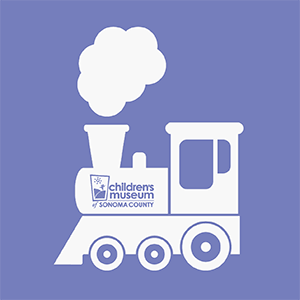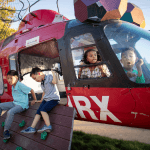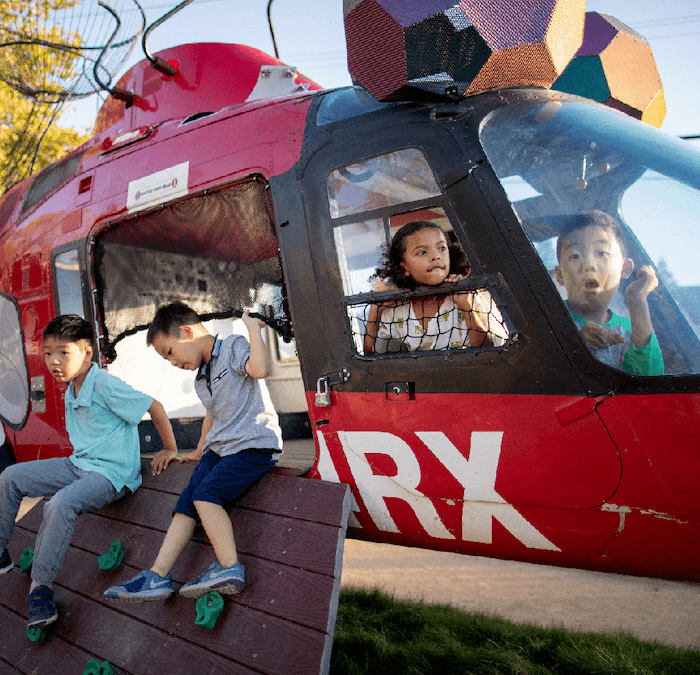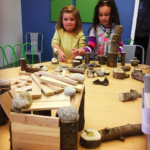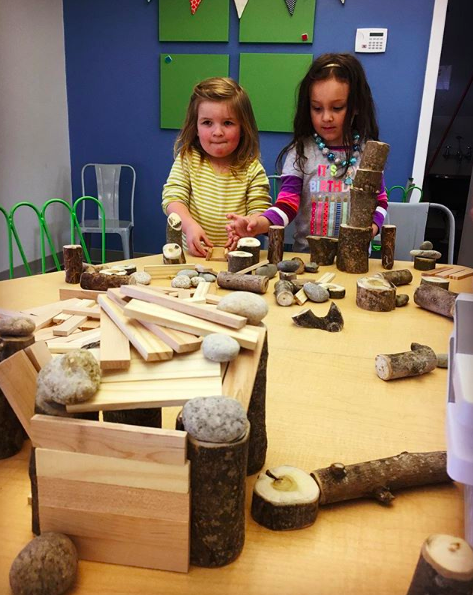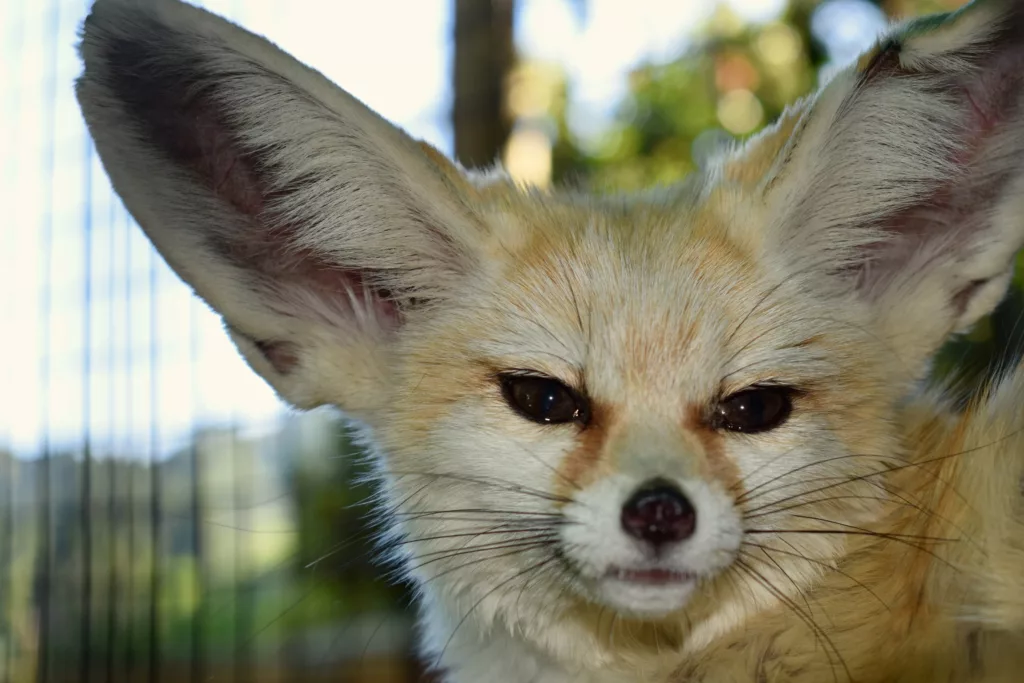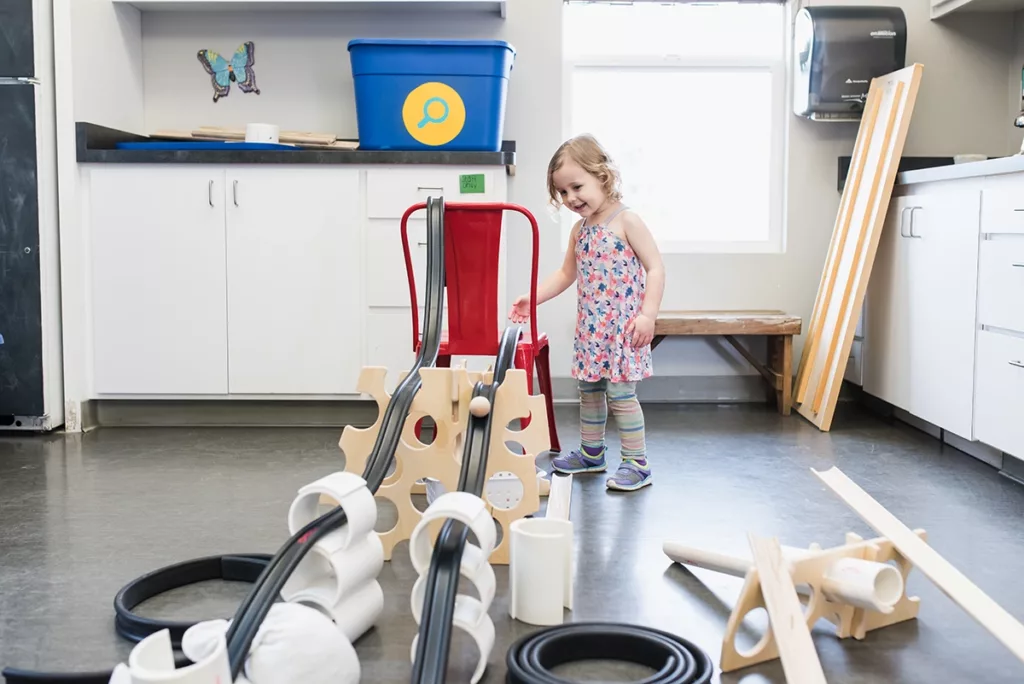
STEAM (Science, Technology, Engineering, Art, and Mathematics) education plays a crucial role in early childhood development. Among the various STEAM disciplines, introducing children to engineering at an early age is a great way to foster their natural curiosity, and inspire a lifelong interest in learning. By providing age-appropriate engineering activities, you can also help little learners develop skills like problem-solving, critical thinking, hand-eye coordination, and more. In fact, engineering activities for kids and STEAM projects can help them learn about and practice many useful life skills including:
- Spatial awareness
- Cause and effect
- Construction
- Creativity
- Building
- Balance
- Design
- Math
- And more
In this blog post, we will explore engineering activities for kids that cater to different stages of a child’s development. Every child has a unique learning style and develops at their own pace. Our aim is to offer a starting point in selecting engineering projects that align with a child’s learning journey, and the age ranges mentioned are only meant to serve as a general guideline. The activities listed below are designed to encourage innovators and problem solvers of any age through fun and exciting engineering projects!
For more activities for your little engineer, don’t miss our annual Great Train Days Weekend at the Children’s Museum of Sonoma County!
Engineering Projects for Preschoolers Ages 3-5
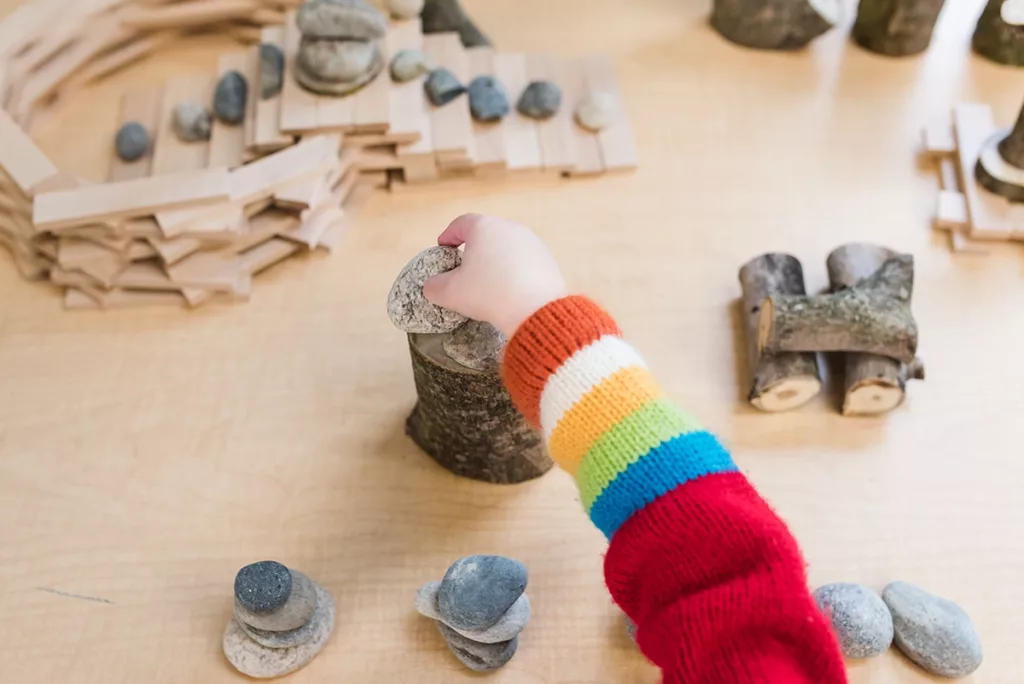
Preschool is a critical period for introducing young minds to engineering concepts. At this age, children are naturally curious and eager to explore the world around them. To harness their innate curiosity, you can engage little learners in simple engineering activities using age-appropriate materials such as building blocks, or even simple household items. These hands-on projects not only promote fine motor skills but also lay a foundation for future STEAM learning while helping to develop their cognitive abilities, and critical thinking skills from an early age.
Building with Blocks
Preschoolers love building and stacking objects. With a variety of blocks in different shapes, sizes, and colors, children can enjoy self-guided playtime while naturally developing many useful life skills. Building block activities not only help enhance hand-eye coordination, but they can also introduce little learners to concepts such as balance, stability, and spatial awareness.
Tinfoil Sculptures
Another easy and fun engineering project for preschoolers is making tinfoil sculptures! This engineering activity promotes fine motor skills, creativity, and spatial awareness as children manipulate and mold the foil into different shapes. All you need is some aluminum foil that kids can use to shape into three-dimensional figures such as:
- Animals
- People
- Shapes
- And more!
You can use our DIY Tin Foil Sculpture Video as a resource to get the sculpting process started and to inspire unique design ideas.
Engineering Projects for Children Ages 6-9
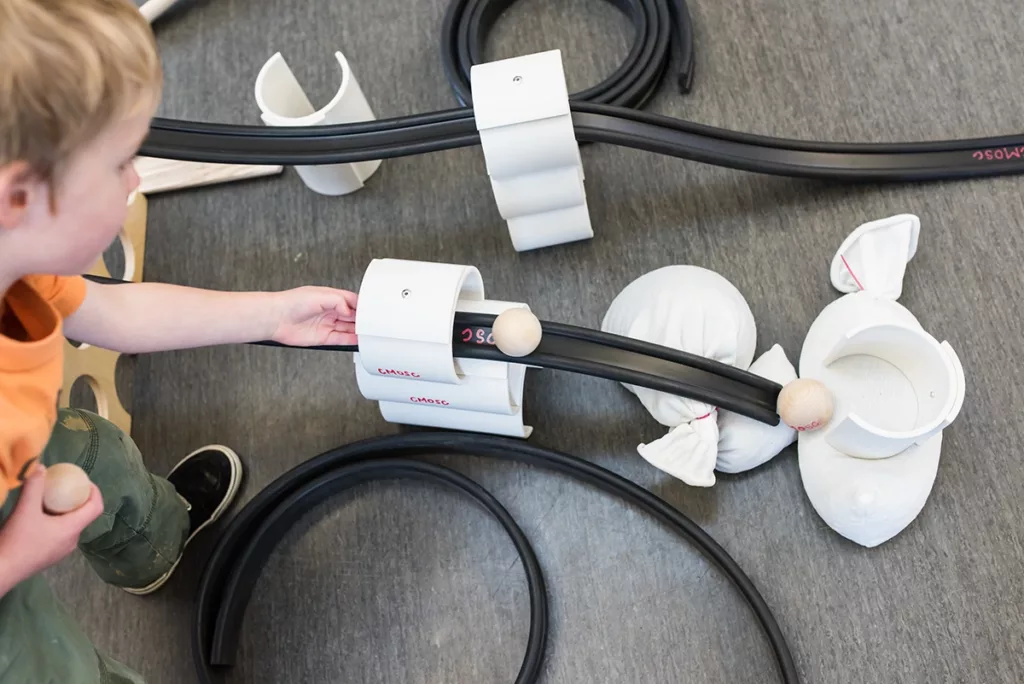
Elementary school children possess a growing capacity for critical thinking and abstract reasoning, making it an ideal time to introduce them to more complex engineering projects. Activities that encourage them to design, build, and test their creations can keep them entertained for hours while also stimulating creative problem-solving skills!
Building a Marble Run Obstacle Course
A marble run engineering project is a fun way to help kids learn about concepts such as gravity, momentum, and cause-and-effect as they design and build their own unique obstacle course. Children love to experiment with different track configurations and obstacles to challenge the marble’s path! To make your own Marble Run Course all you need are basic materials that you probably have around the house already, such as:
- Cardboard tubes (empty toilet paper rolls)
- Popsicle sticks
- Tape
- Marbles
You can use our Marble Run Project Guide and video as a resource in designing and constructing your own course at home!
Paper Airplane Design Challenge
Making paper airplanes is not only fun but also a great way to introduce children to the basic principles of aerodynamics and creative design. This timeless activity demonstrates how different design factors, such as wing shape and size, affect flight as they create and test different paper airplane models. Encourage your young engineer to experiment with different airplane designs. Have them test for distance and accuracy by launching their creations in open spaces or competing in friendly competitions.
Engineering Projects for Kids Ages 10-14+
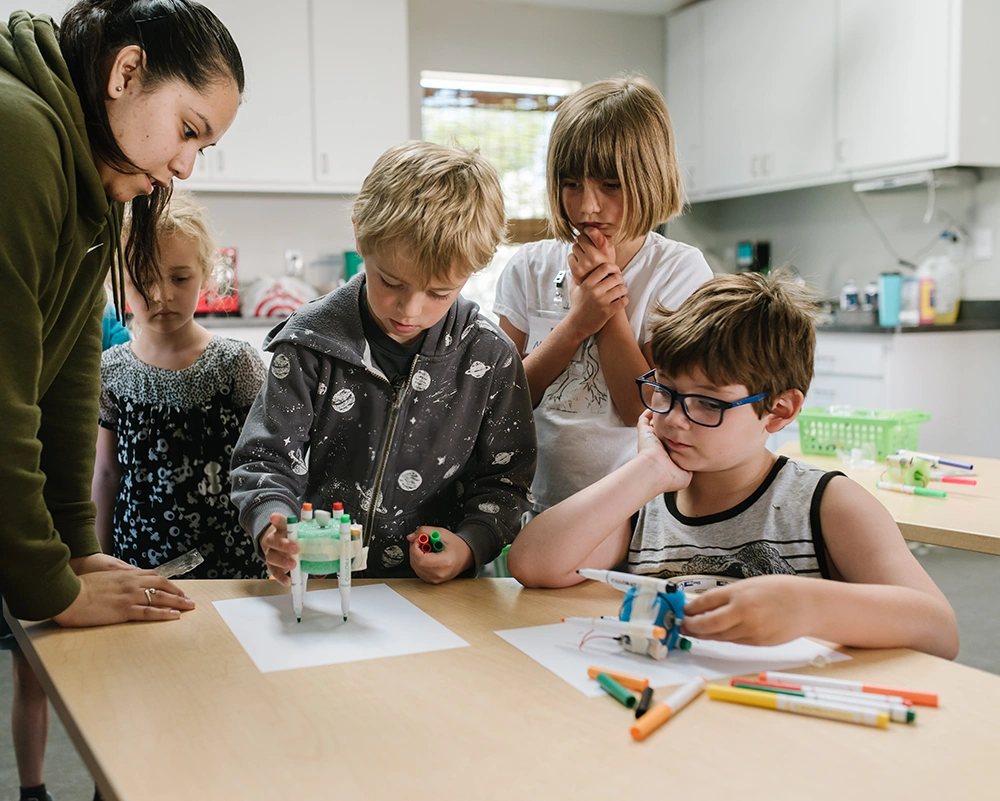
For many children middle school-age is a crucial stage where they refine their logical reasoning skills, as well as their teamwork abilities. Providing kids with more challenging engineering projects can foster perseverance and innovative thinking skills, through hands-on experiences that bridge the gap between theory and practice. Incorporating real-world challenges into these projects can also make it easier for some children to utilize scientific thinking: asking questions, making observations, brainstorming solutions, and finding answers based on evidence.
Prototype Testing Challenges
Designing and testing prototypes is an exciting activity that encourages kids to think like engineers and unleash their creativity to solve problems. These kinds of challenges involve designing and building prototypes or models to solve specific problems and then testing them to see how well they perform. There are many kinds of prototype testing challenges, some of which you may have done in school as well:
- The Egg Drop Challenge: This classic engineering activity involves designing and constructing a protective structure using various materials to prevent an egg from breaking when dropped from a specific height. It tests engineering skills related to impact resistance and cushioning.
- Bridge Building Challenge: Challenge children to design and construct a bridge using everyday materials like popsicle sticks or spaghetti. The goal is to build a sturdy bridge that can hold a certain weight without collapsing; testing the principles of structural integrity and load-bearing capacity.
- Floating Boat Challenge: In this activity, kids can design and build a boat using any materials of their choosing; like aluminum foil, plastic containers, or cardboard. The goal is to construct a boat that can float and hold weight without sinking, testing principles of buoyancy and hull design.
Popsicle Stick Catapult Design Challenge
This hands-on engineering project lets children design, build and test their own popsicle stick catapults. Kids can test their design for accuracy, distance, and power! All you will need to conduct your own popsicle stick catapult design challenge at home is:
- Popsicle Sticks
- Rubber Bands
- Mini Pom-Poms or Marshmallows (soft projectiles)
- Plastic Bottle Cap
- Plastic Spoon
- Binder Clips
- Glue
Aside from popsicle sticks, children should be encouraged to brainstorm their own catapult design using any of the supplies of their choosing. Encourage them to experiment with different catapult designs and put them to the test to see which one launches their mini projectiles the farthest. Not only is it fun, but this engineering project is also a bit more of a challenge: it motivates kids to use creative thinking and problem-solving skills while also demonstrating basic mechanics.
Discover More STEAM Learning Programs for Kids at The Children’s Museum
Engaging children in engineering projects tailored to their learning level can have a transformative impact on their intellectual and personal growth. By nurturing their curiosity, critical thinking, and problem-solving skills, we can set them on a path towards a future in STEAM!
The Children’s Museum provides a safe and accessible space for all children to wonder, explore, and discover. We encourage visitors of all ages, abilities, and stages to learn about the world around them through fun, interactive exhibits and daily STEAM focused programs.
We invite you to join us for a day of play and learning at the Children’s Museum!
For more activities for your little engineer, don’t miss our annual Great Train Days Weekend at the Children’s Museum of Sonoma County!
Sign up for our newsletter to learn about upcoming events, programs, and special happenings at the museum!
Sign up for E-News!
Sign up for E-News Form


